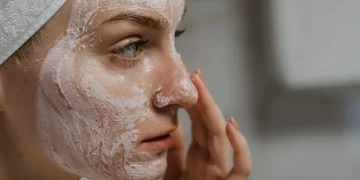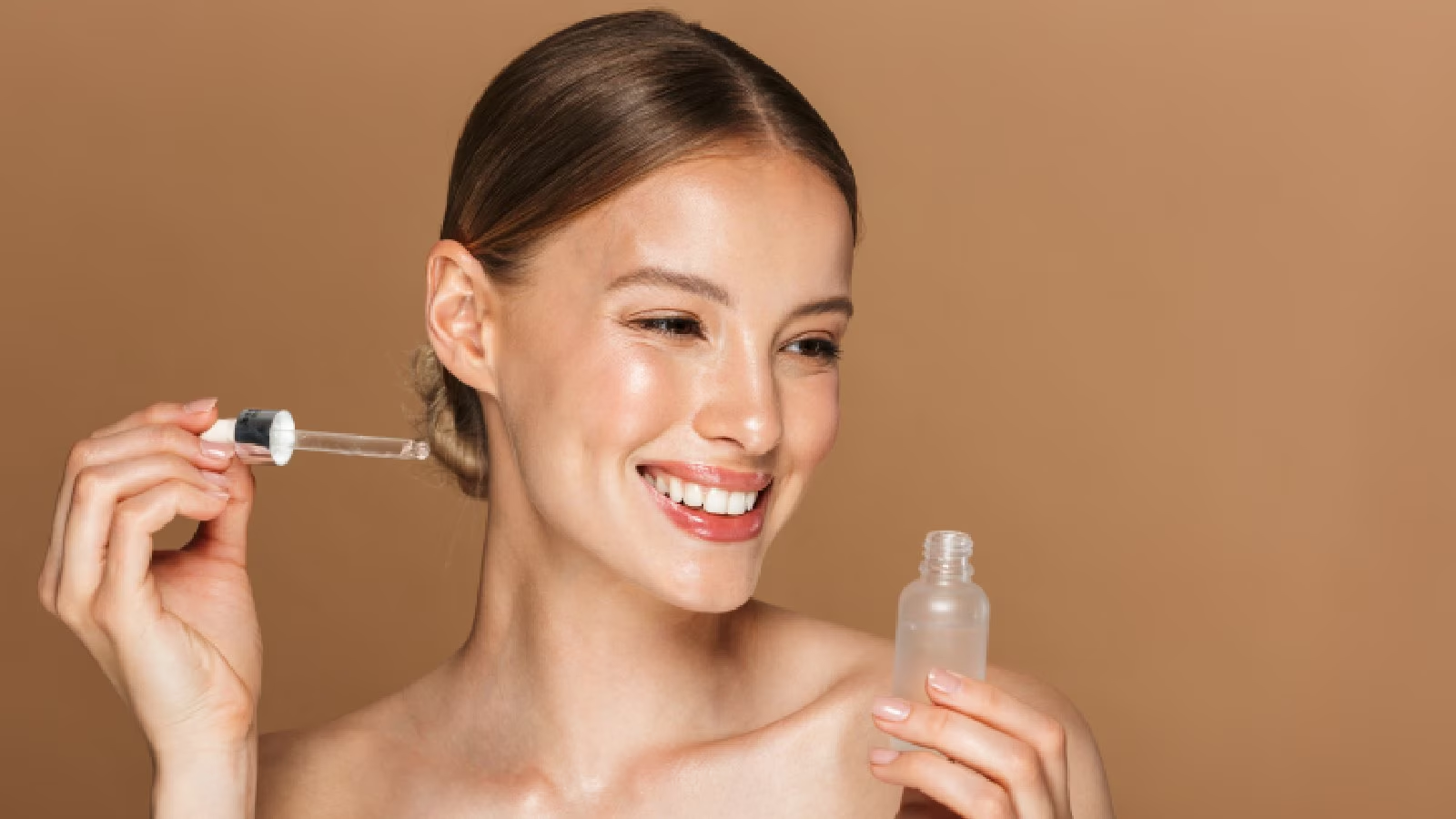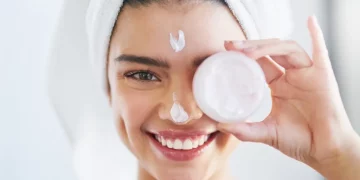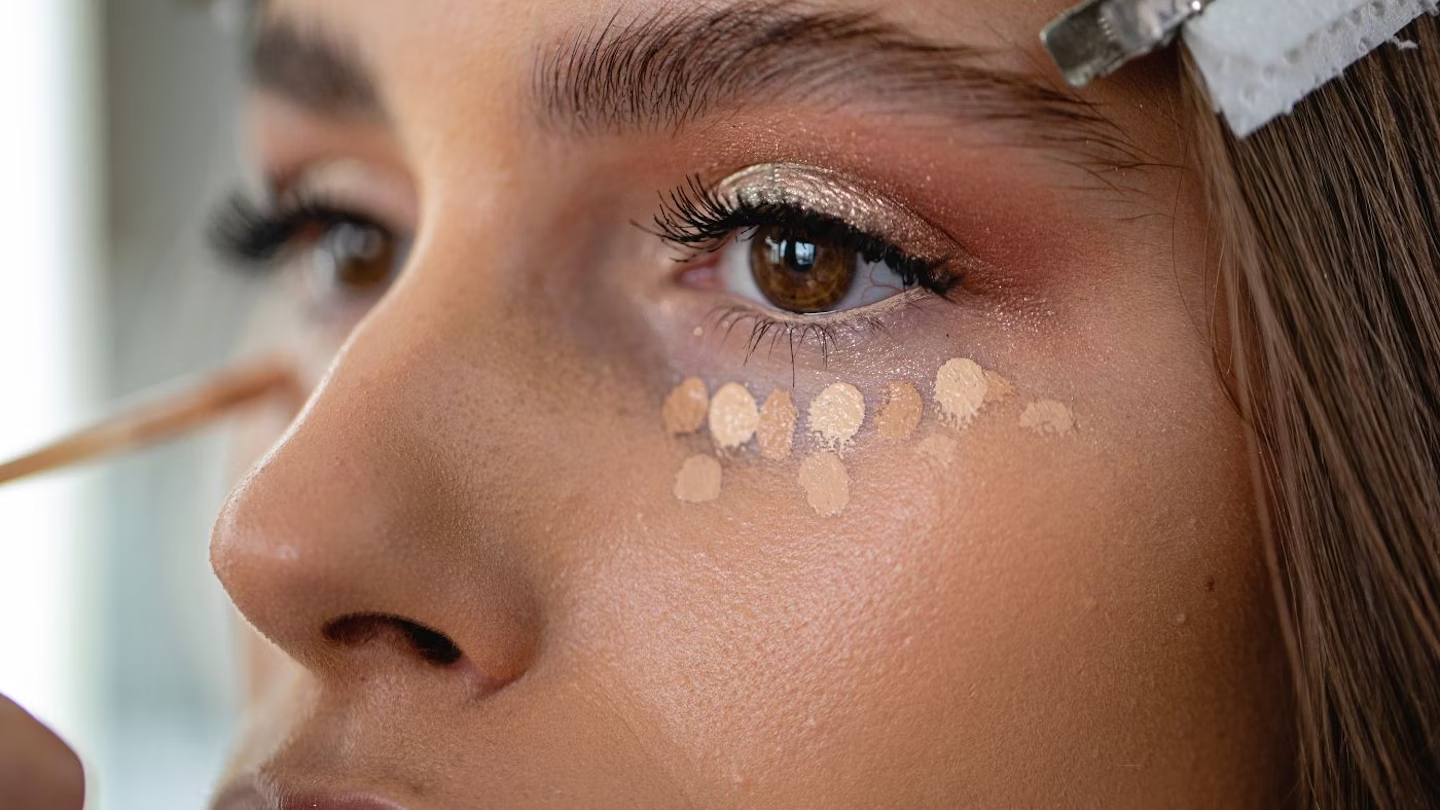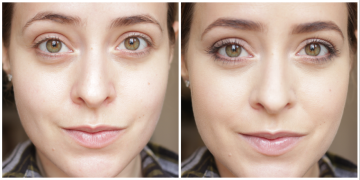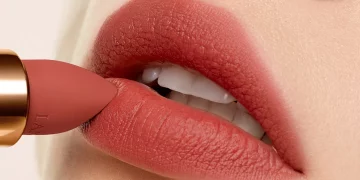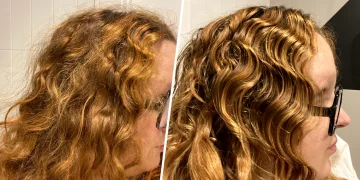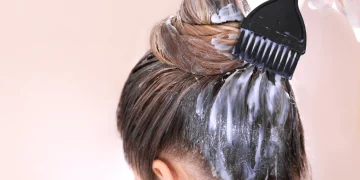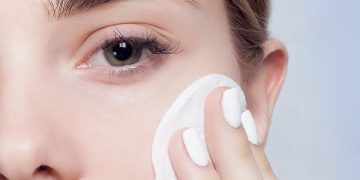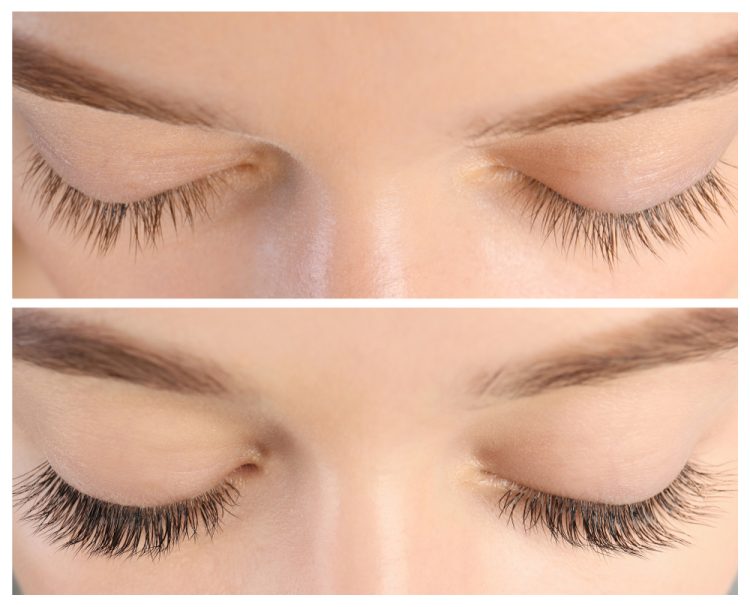Introduction
Eyelashes, the fine hairs that grow along the upper and lower eyelid margins, have long been a symbol of beauty, grace, and femininity in many cultures. Their length, thickness, and curl contribute significantly to the overall appearance of the eyes, often enhancing a person’s natural features. However, not everyone is naturally blessed with long, thick lashes, leading many to seek out solutions for eyelash lengthening.
In recent years, a variety of beauty treatments, from mascara and eyelash extensions to serums and surgical options, have become popular ways to enhance lash length. With the growing demand for longer, fuller lashes, it’s essential to understand the science behind eyelash growth, the factors that influence lash health, and the safest and most effective methods for enhancing eyelash length.
This article delves into the biology of eyelash growth, how external factors affect eyelash length, and the various cosmetic and medical options available for those looking to improve their lashes.
Part 1: The Science of Eyelash Growth
1.1 The Life Cycle of Eyelashes
Just like the hair on the scalp, eyelashes undergo a natural growth cycle, which can vary from person to person. The cycle is made up of three distinct phases: the Anagen phase, Catagen phase, and Telogen phase.
- Anagen Phase: This is the growth phase, during which the eyelash is actively growing. The duration of this phase can vary significantly depending on genetics, hormonal levels, and other factors. On average, this phase lasts for about 30 to 45 days.
- Catagen Phase: After the growth phase, the eyelash enters a transition period. During the catagen phase, which lasts for about two to three weeks, the lash follicle begins to shrink, and the hair stops growing.
- Telogen Phase: This is the resting phase of the eyelash. During this phase, which can last several weeks to a few months, the lash stops growing altogether. Eventually, the lash will shed, making room for a new lash to grow.
Each eyelash grows in its own cycle, meaning that not all lashes are at the same stage of growth at any given time. On average, people lose about 1 to 5 lashes per day, which is a normal part of the lash cycle.
1.2 Genetics and Eyelash Length
Genetics play a critical role in determining the natural length, thickness, and color of an individual’s eyelashes. People inherit their eyelash characteristics from their parents, and certain genes can contribute to longer, thicker lashes. For some individuals, eyelashes may be short, sparse, or fine due to their genetic predisposition.
In addition to overall genetic factors, specific traits such as eyelash density, curl, and growth cycle speed are also influenced by family history. Genetic factors determine how many eyelashes a person has, the rate at which they grow, and how long they stay in the growth phase.
Part 2: Factors That Influence Eyelash Length
2.1 Age
As people age, the growth rate of their hair—including their eyelashes—slows down. The eyelash follicles become less active, leading to shorter, thinner lashes. Furthermore, the natural shedding process increases with age, meaning that older individuals may notice more frequent lash loss than younger people. These age-related changes are often due to a decrease in hormone production and reduced cell regeneration.
2.2 Hormonal Changes
Hormonal fluctuations can significantly affect the health and length of your eyelashes. During pregnancy, many women experience thicker, longer lashes due to increased hormone levels (especially estrogen). Similarly, hormonal changes that occur during puberty, menstruation, or menopause can impact eyelash length and thickness.
On the flip side, certain hormonal imbalances or disorders, such as hypothyroidism or polycystic ovary syndrome (PCOS), may lead to thinning of the lashes. Moreover, the use of hormonal birth control or hormone replacement therapy (HRT) can either promote or suppress lash growth, depending on the individual’s hormonal response.
2.3 Nutrition and Diet
A healthy, balanced diet is vital for maintaining overall hair and lash health. Nutrients such as biotin, vitamin E, iron, and zinc are essential for healthy hair growth. A deficiency in these nutrients can contribute to thinning or weak lashes. Protein, the building block of hair, is also crucial, so a diet rich in protein (lean meats, beans, nuts, eggs) can help promote stronger, healthier lashes.
For example, biotin (often marketed as a “hair vitamin”) is a water-soluble B vitamin that promotes the growth of hair and nails. Biotin supplements are sometimes recommended for individuals with slow-growing or thinning eyelashes.
2.4 Eyelash Care Habits
The way you care for your eyelashes can directly influence their length and overall health. Improper makeup removal, frequent use of harsh products, or tugging at the lashes can cause them to weaken or break. Additionally, using mascara with certain chemicals or regularly curling your lashes can lead to damage if done excessively.
Eyelash extensions, while popular, can sometimes cause damage to natural lashes when applied or removed improperly. Over time, the added weight of the extensions can weaken the natural lashes, leading to thinning or breakage.
To promote lash health, it’s essential to follow proper care routines:
- Gently remove makeup with an oil-free, hydrating makeup remover.
- Avoid rubbing or pulling at your eyelashes.
- Give your lashes a break from mascara or heavy makeup now and then.
2.5 External Factors and Environmental Exposure
Exposure to harsh environmental factors, such as UV radiation, pollution, and dry air, can cause eyelashes to weaken or become brittle. Additionally, factors like smoking, which is known to impair circulation and hinder nutrient absorption, can negatively affect the growth of healthy eyelashes.
In dry climates or during cold weather, eyelashes may become dry and prone to breakage, so moisturizing them with appropriate lash serums or oils can be beneficial.
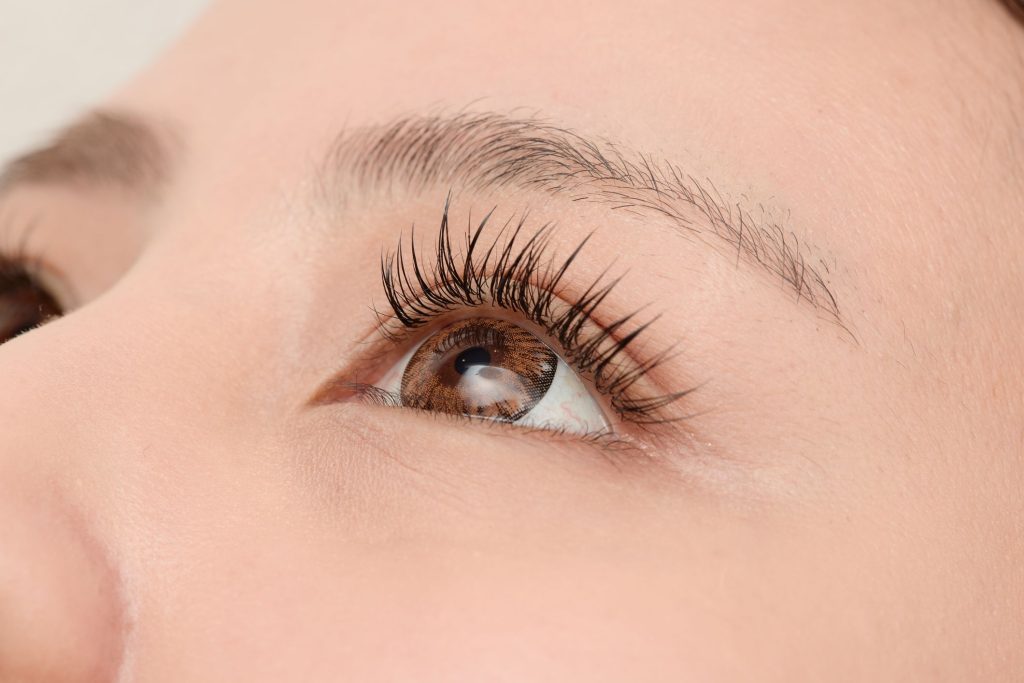
Part 3: Common Eyelash Lengthening Concerns
3.1 Short or Sparse Eyelashes
Some people are naturally born with short, sparse eyelashes, and this can become a source of insecurity. Although shorter lashes are not necessarily an indication of any underlying health problems, the desire for longer, fuller lashes is a common cosmetic concern.
For others, eyelashes may become sparse or shorter over time due to factors like aging, hormonal changes, or eyelash damage. Additionally, eyelash thinning may result from medical treatments such as chemotherapy, which can cause temporary hair loss, including eyelashes.
3.2 Eyelash Loss and Shedding
Excessive eyelash loss may be caused by several conditions, including alopecia, an autoimmune disorder that causes hair loss. Similarly, trichotillomania, a psychological condition where individuals have an irresistible urge to pull out their hair, can affect the eyelashes. Chronic rubbing, frequent eyelash extensions, or improper makeup removal can also result in excessive lash shedding or breakage.
In some cases, eyelash loss may indicate an underlying health condition, such as a thyroid disorder or nutritional deficiencies. If someone notices significant changes in the volume or quality of their lashes, it is advisable to consult a dermatologist or healthcare provider to rule out any underlying causes.
Part 4: Cosmetic and Medical Solutions for Eyelash Lengthening
4.1 Mascara and Eyelash Primers
The most common way to enhance the appearance of eyelash length is through the use of mascara. Available in various formulas to add volume, length, or curl, mascara is a quick, affordable way to make eyelashes appear longer and more voluminous.
Eyelash primers can be used before applying mascara to coat the lashes and help them look fuller and longer. Some primers contain conditioning ingredients that can nourish the lashes, though they should be used carefully to avoid clumping or flaking.
4.2 Eyelash Extensions
Eyelash extensions are another popular way to achieve longer lashes. They are individual synthetic or natural fibers that are attached to your natural lashes with a semi-permanent adhesive. Extensions can significantly enhance the length and volume of eyelashes, providing a more dramatic, longer-lasting effect than mascara.
However, eyelash extensions come with risks. Improper application or removal can lead to damage to the natural lashes, causing them to break or become weaker. Regular maintenance is also required, as the extensions shed naturally along with your natural lashes, requiring touch-ups every 2 to 3 weeks.
4.3 Eyelash Serums
Eyelash serums have gained significant popularity as a non-invasive solution for lengthening and thickening eyelashes. These serums typically contain active ingredients like bimatoprost (Latisse) or peptides that promote hair growth by stimulating the eyelash follicles.
- Latisse is the only FDA-approved prescription treatment for eyelash growth. It works by extending the growth phase of the eyelash cycle, leading to longer, thicker lashes over time. Results can typically be seen in 8 to 12 weeks, but users must continue the treatment to
maintain results.
- Over-the-counter serums often contain vitamins, peptides, and natural ingredients like castor oil, which are marketed as safe alternatives to prescription products. While these serums may promote lash health, their results tend to be more subtle compared to prescription formulas.
4.4 Eyelash Transplants
For individuals who have experienced significant eyelash loss, eyelash transplants may be an option. In this procedure, hair follicles are taken from the scalp (or other areas of the body) and transplanted into the eyelid to stimulate the growth of natural lashes. While this solution can offer permanent results, it is costly, requires a skilled surgeon, and carries the same risks as other hair transplant procedures.
4.5 Surgical Enhancements
In extreme cases of eyelash loss or thinning, some individuals may turn to more invasive options such as eyelid surgery to improve the overall appearance of the eyes. While eyelid surgery is typically focused on rejuvenating the eye area, it can sometimes be combined with lash treatments to achieve a fuller lash appearance.
Conclusion
Eyelash length has long been a feature of beauty that many people wish to enhance. Understanding the biology of eyelash growth and the many factors that influence lash length can help individuals make informed decisions about how to care for and improve their eyelashes. Whether through dietary changes, lash serums, mascara, eyelash extensions, or even surgical options, there are many ways to address the desire for longer, fuller lashes.
While natural factors such as genetics, aging, and health conditions may limit lash length for some individuals, modern cosmetic treatments offer a range of solutions for those looking to enhance their lashes. Ultimately, the choice of method will depend on the individual’s goals, budget, and willingness to commit to maintenance routines. With careful consideration, anyone can achieve the lashes they desire and feel confident in their natural beauty.

